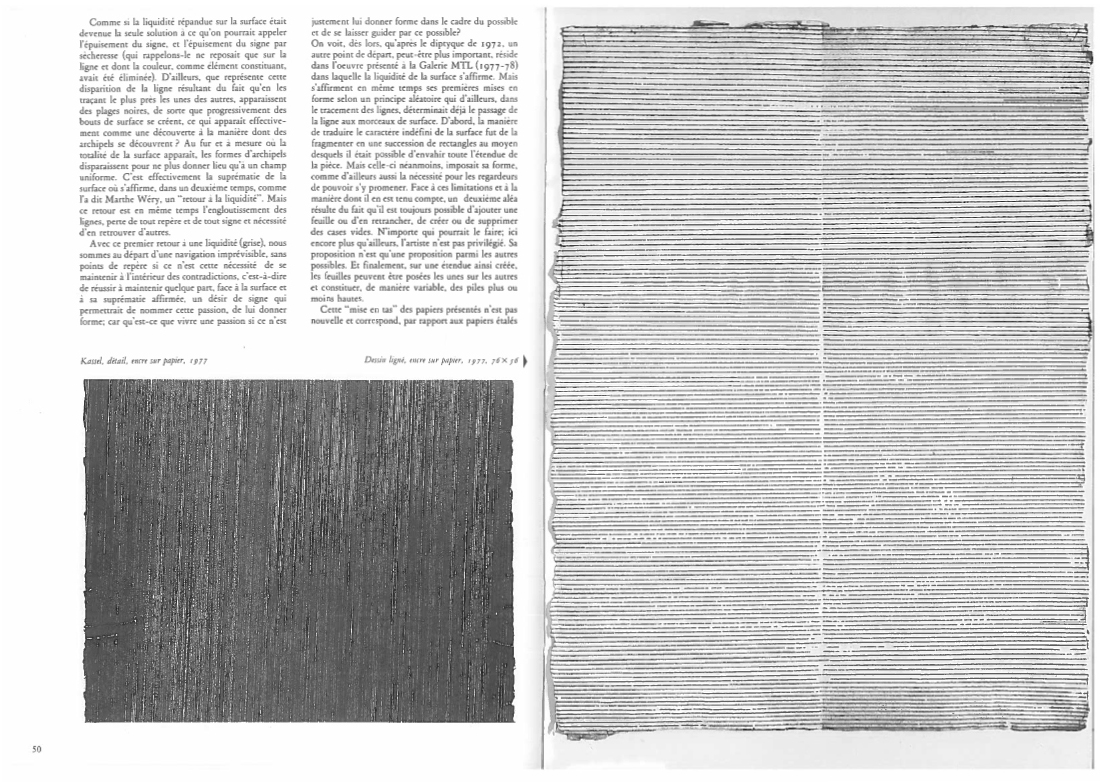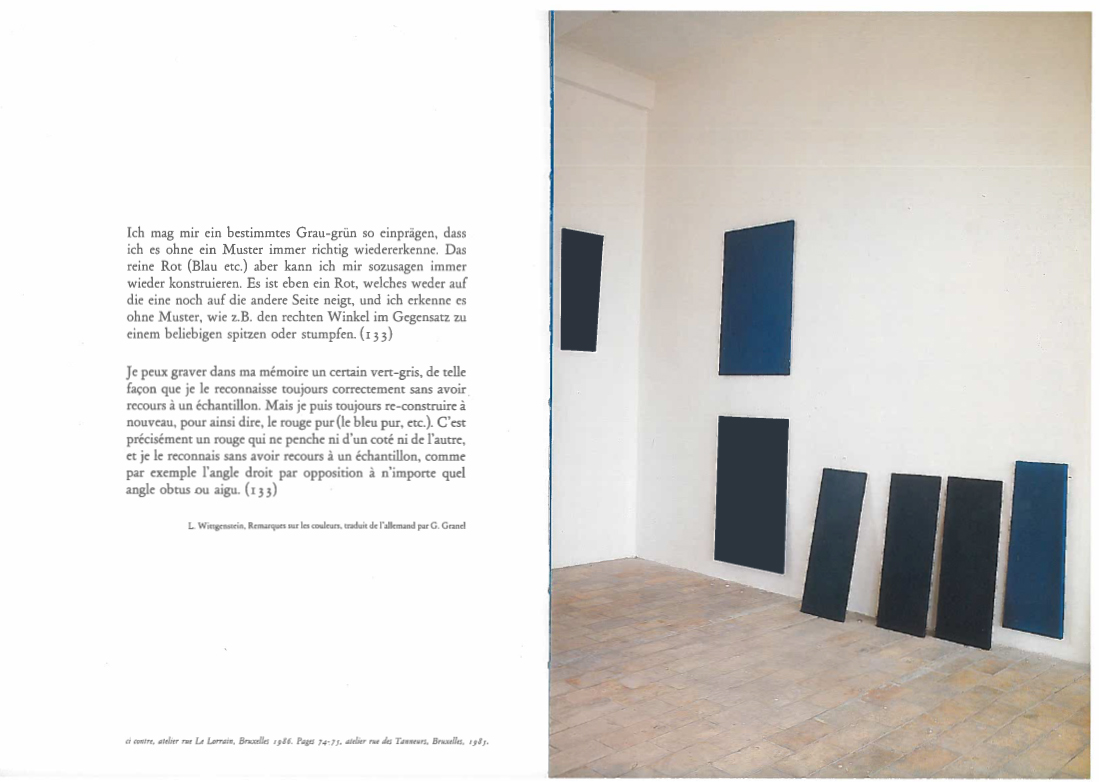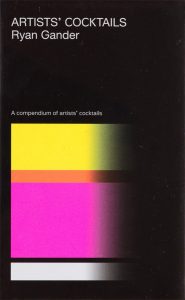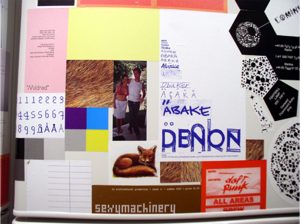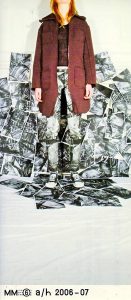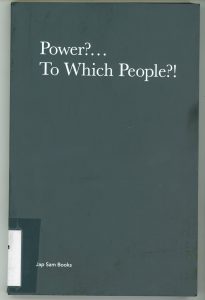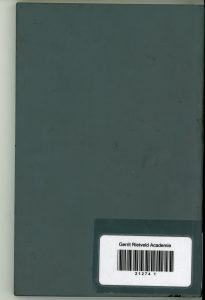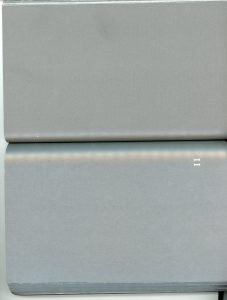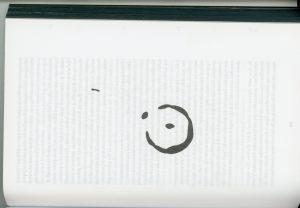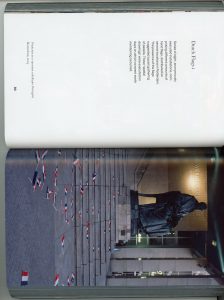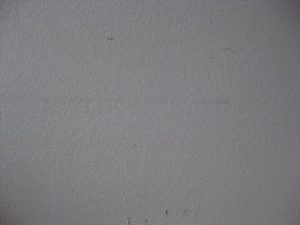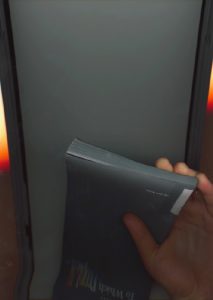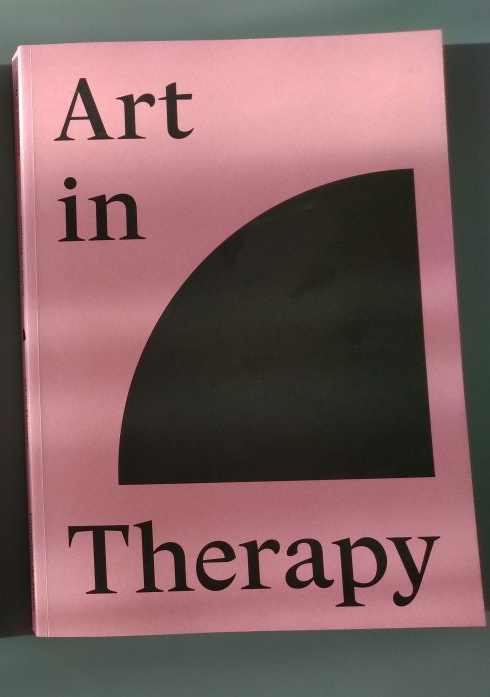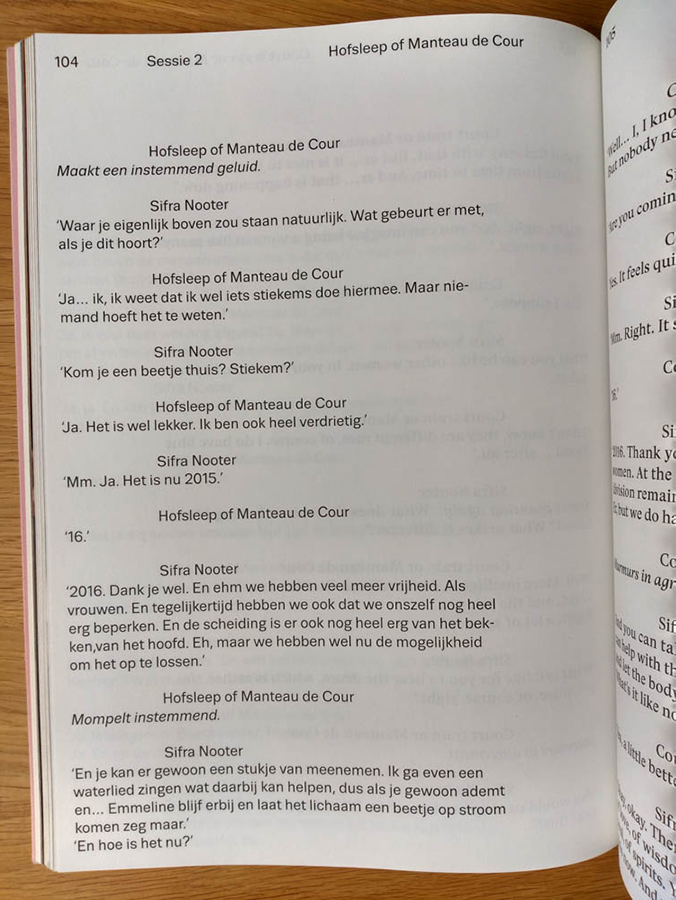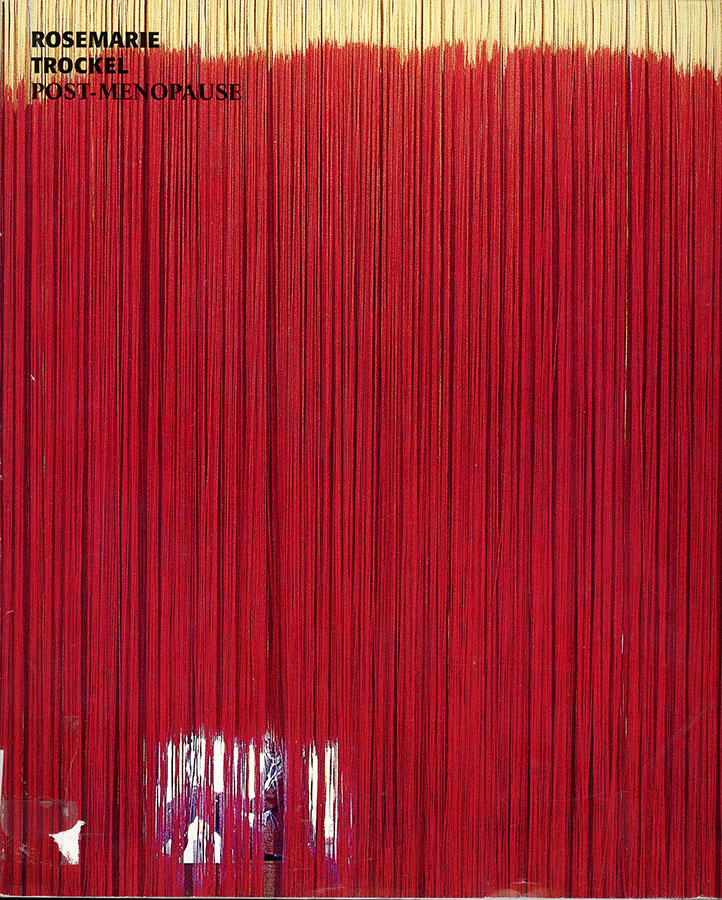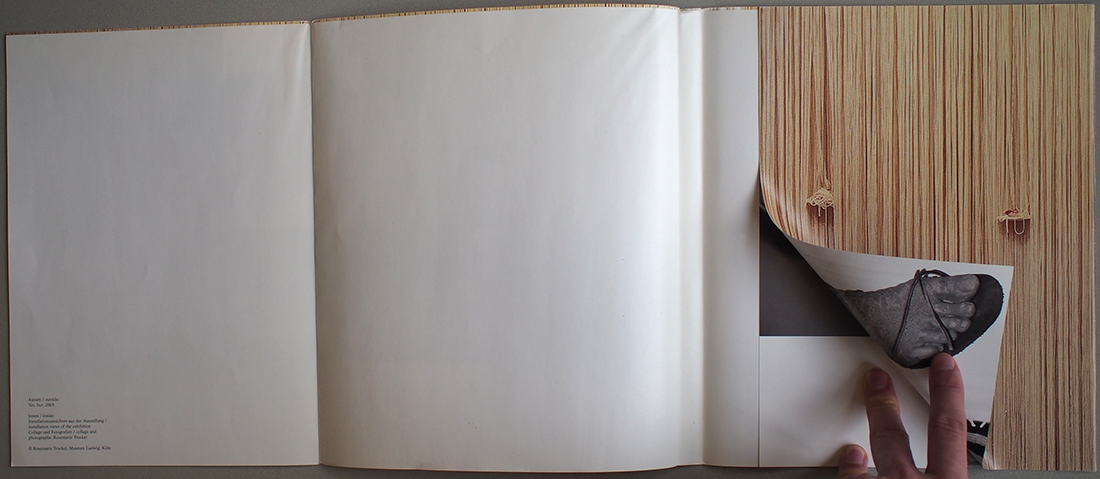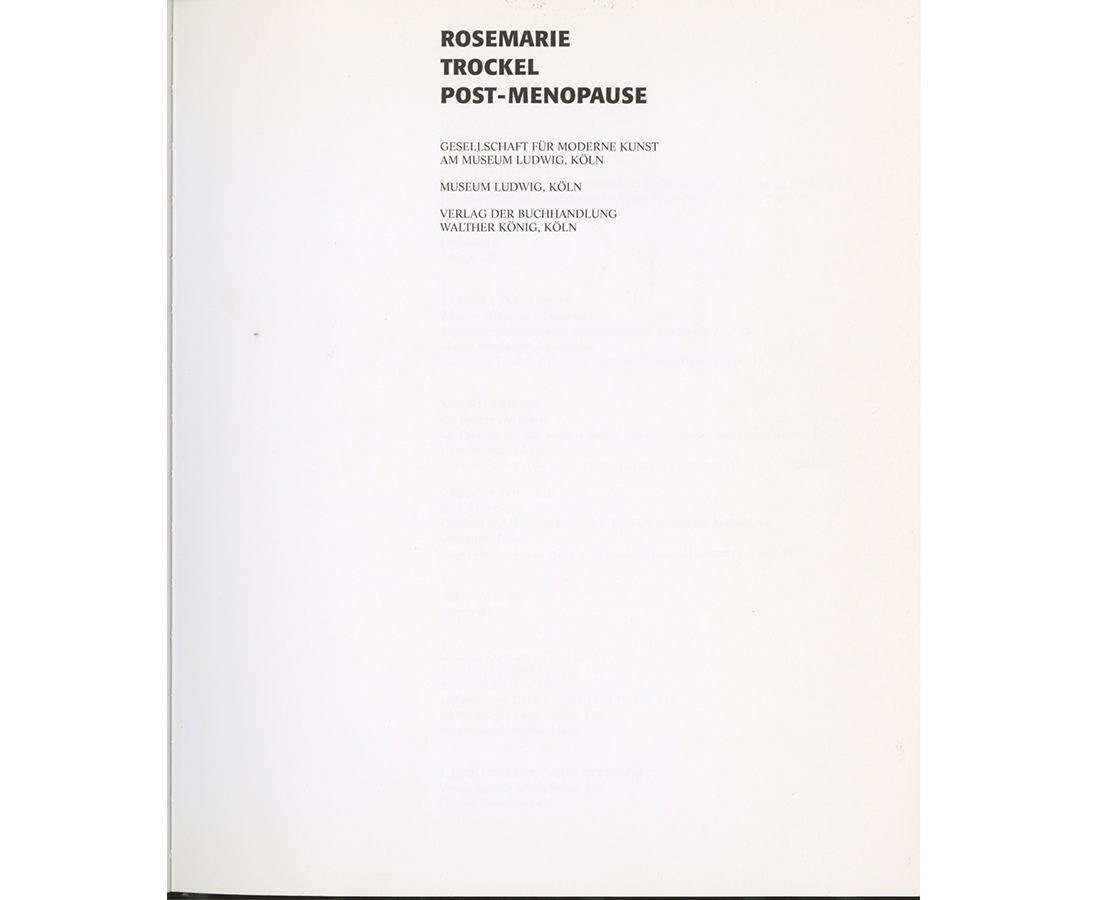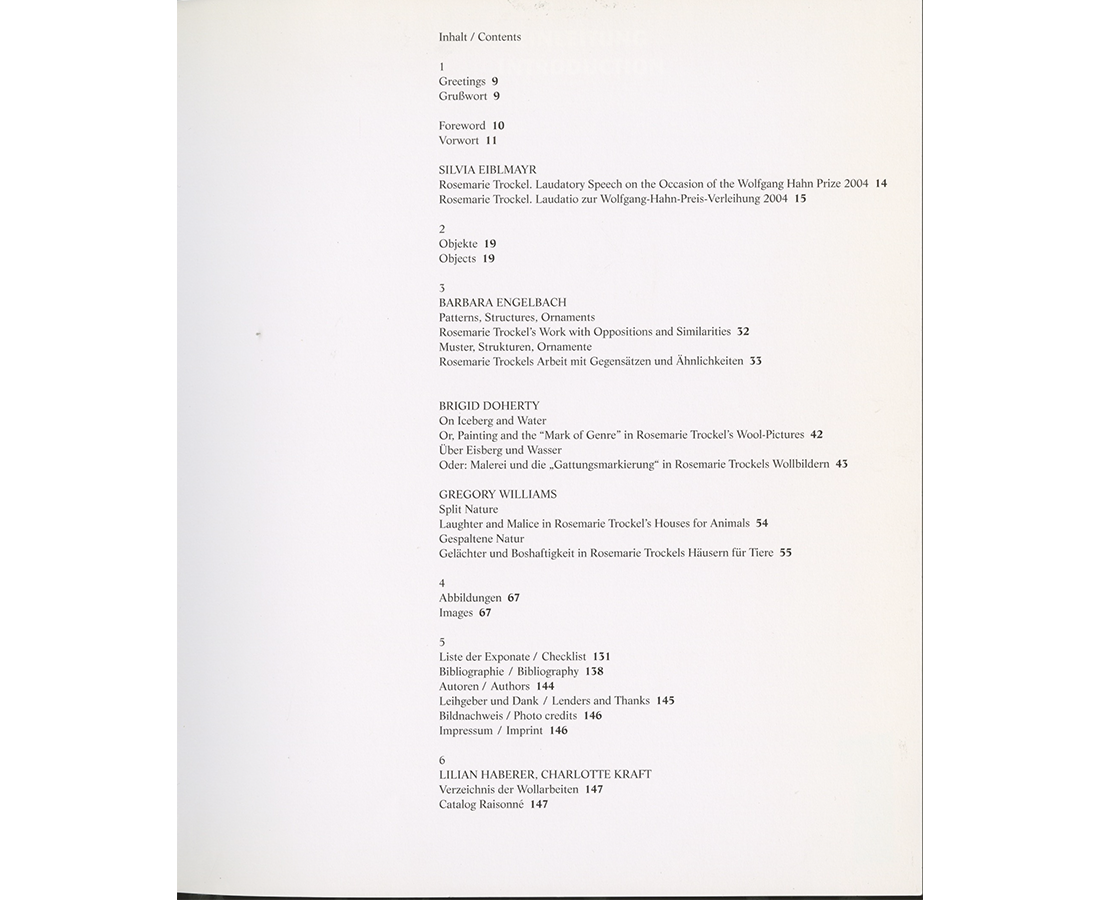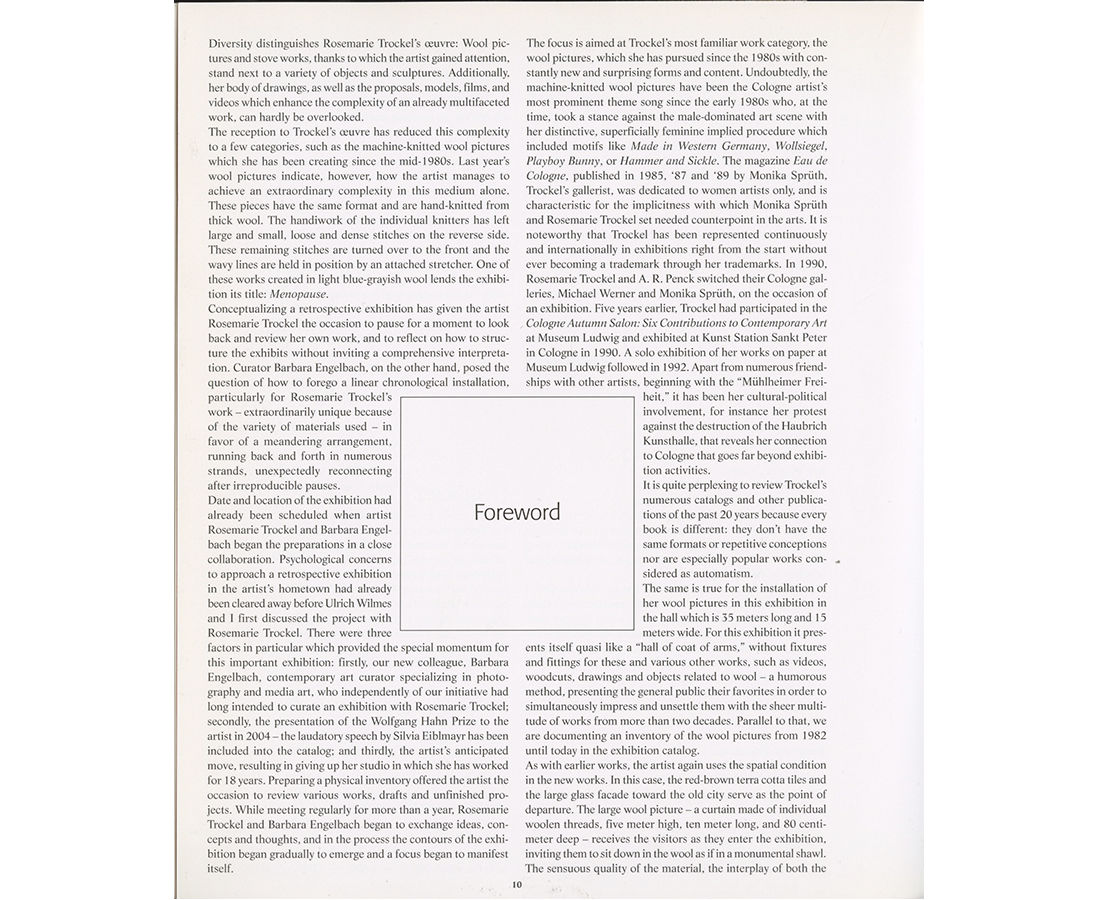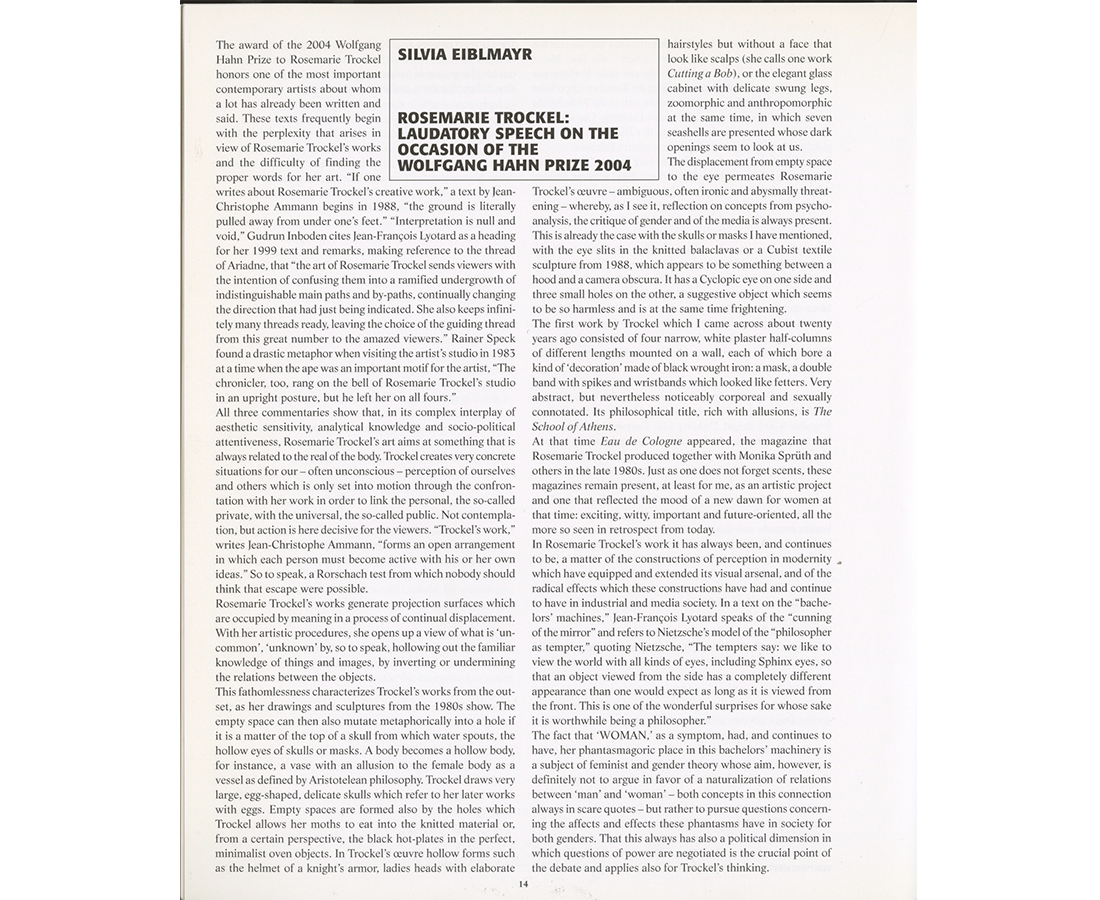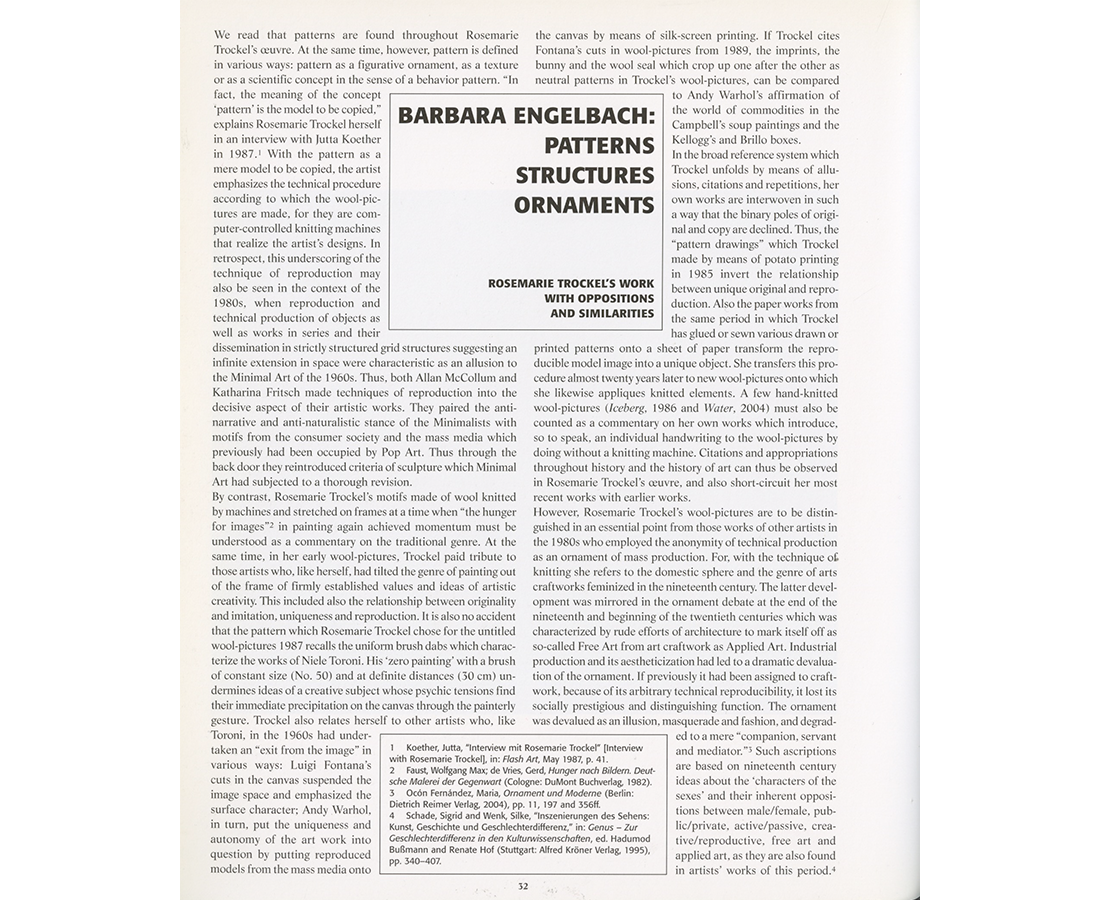Let us therefore create a new guild of craftsmen without the class-distinctions that raise an arrogant barrier between craftsmen and artist! Let us together desire, conceive and create the new building of the future, which will combine everything – architecture and sculpture and painting – in a single form which will one day rise towards the heavens from the hands of a million workers as the crystalline symbol of a new and coming faith.
In place of the old bourgeois society, with its classes and class antagonisms, we shall have an association, in which the free development of each is the condition for the free development of all.
Quotations from the ending paragraph of the Bauhaus Manifesto written by Walter Gropius and the the Communist Manifesto.
To me it is striking how both of these quotes talk about equalness, breaking away from classes – in society and in a working context, and how these changes will affect everybody. Yet, both ideologies, Bauhaus as a school and Communism as a form of society practiced around the world, has very prominent leading figures, who in one way or the other, has the power to rule over the students/citizens. For example, when Mies van der Rohe took over the leadership of the Bauhaus school (at this point it was located in Dessau) he had interviews with each student, to determine if they would follow the rules, else they would get kicked out. This can be linked to the arbitrary imprisonments in Cuba, happening both under Fidel Castro and now, as a higher power determining what you can and cannot do, in a society/school that claims freedom and equality as their main goals. The scale of these decisions are of course tremendously different, one is an entire nation and the other an art school in Germany, but still I find the similarities of the Bauhaus and Communism as ideologies and then as practiced in real life quite fascinating.
To look further into this, I have chosen to read Animal Farm by George Orwell and compare the degeneration of the animals original motive, to the Bauhaus and the Rietveld Academy as schools that are, at least to some extent, based on the same ideas of teaching. This, I guess, is very clearly seen in the Basicyear – Vorkurs in Bauhaus – which was created by Bauhaus teacher Johannes Itten
Animal Farm starts of with the animals dreaming of a better life, in which they are all equal and not treated as the means to an end, but like living beings with rights no different from the humans, who rule over them. When the opportunity for their dreams rises, they seize it and try to create a life and society where they all work and receive equally. The story is never specified as communist within the book, but Orwell has stated that it is an allegory to Russia, before and after the revolution in 1917 that then led them into the Stalinist era. This new society first flourishes and is enjoyed by most until one of the pigs, Napoleon, sees a chance to gain more power. He does so by constantly telling the other animals that this is actually what they want, that he is choosing to do and so in their service. Finally *spoiler alert* it comes to a point when the other animals cannot tell a human being from a pig, their “chosen” leader has become what they tried to escape and it seems like an inevitability that this should happen.
To me, at least, this bears a lot of similarities to how the Rietveld Academy functions. A way of showing and telling one thing, but then not fully living it. This can be seen in the departments, how openness and inclusivity is advocated, while in reality inter-fluidness can be quite hard to achieve as a student. With classes only for ones own department (as in TxT), extremely long waiting lists for facilities (as in Glass) and very limited opening hours (as in Ceramics). Of course complete freedom and total sharing is very hard to obtain, if not impossible, but should you then, as a school, really claim these traits? On the other hand, you could claim that TxT, Glass and Ceramics are some of the departments that actually live up to the heritage of the Bauhaus as they are somewhat material and technique based.
In this context I feel it is interesting to bring up the subject of the Fine Arts department, as this goes against all the teachings in the Bauhaus. Creating just for creating, separating art from everyday life, from the craftspeople, from the non-artist. The fact that this is now one of the biggest departments at the Rietveld, can be seen as a sign that the Rietveld is becoming what the Bauhaus set out not to be. It was an animal, that turned out to be a pig and is now indistinguishable from a human. Or almost, at least.
Finally, let us look at how the Bauhaus aimed to integrate art and life, to live with art, to build a gesamtkunstwerk, which is also very much apparent in their inclusion in arts and crafts – creating things that are not art for art’s sake, but are actually usable and meant to be used in real life. When paired with the exhibition Netherlands ? Bauhaus – pioneers of a new world, at Museum Boijmans van Beuningen, it can be eye opening to see that something that was initially meant for use and created in a sense of togetherness is now showed in vitrines, where you cannot touch, feel, or try to use the work for its purpose. Is this exactly the opposite of what the Bauhaus was trying to do?
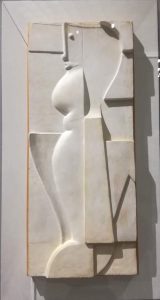
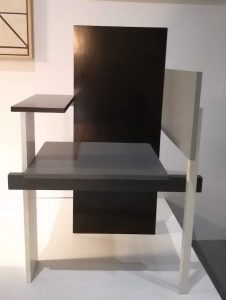
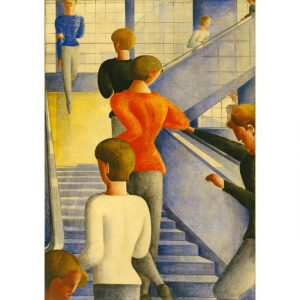
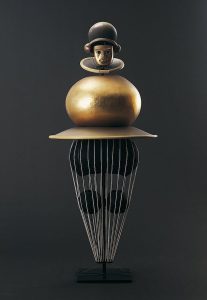
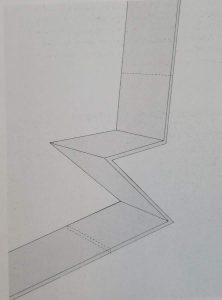
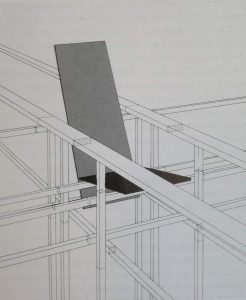
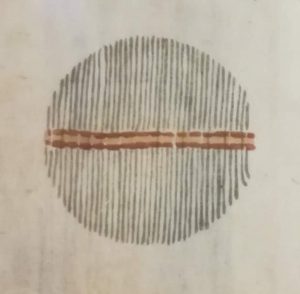
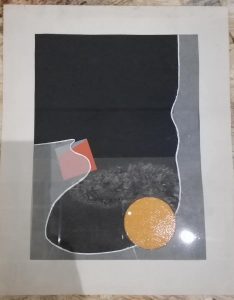
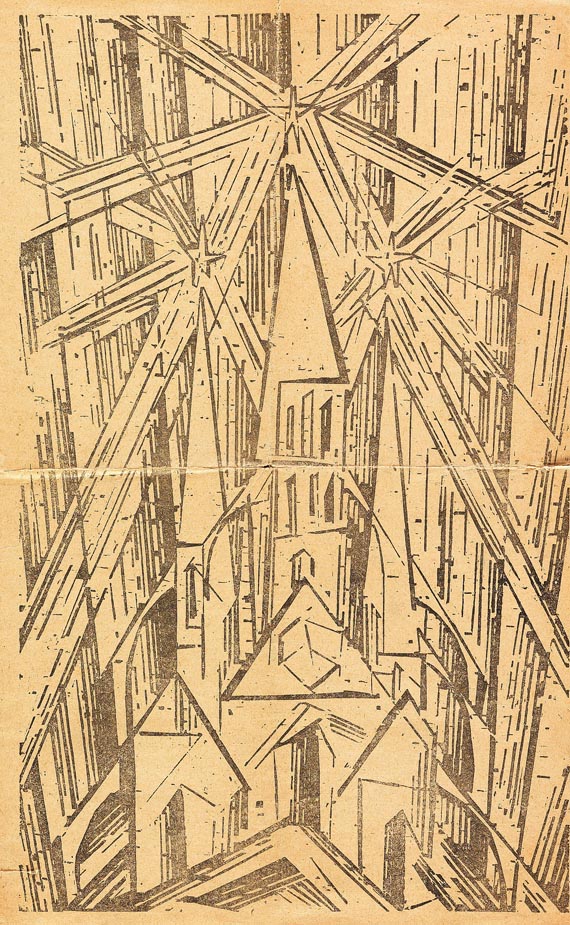
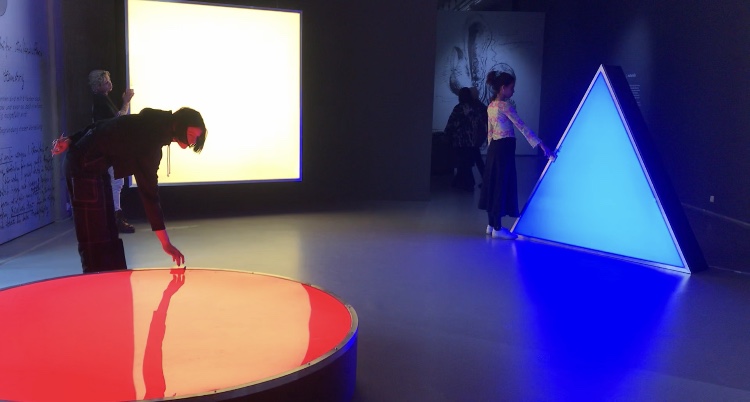
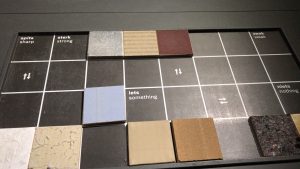
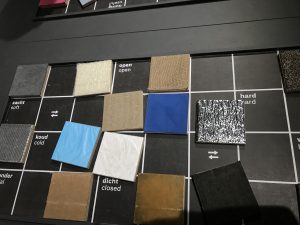
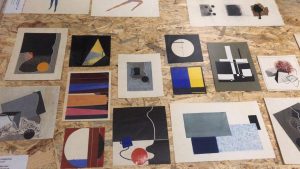
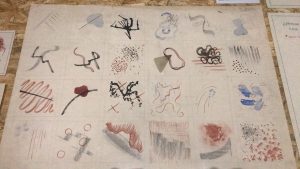
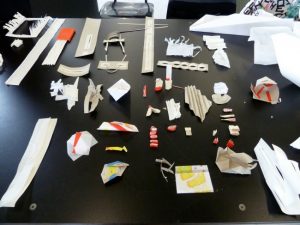
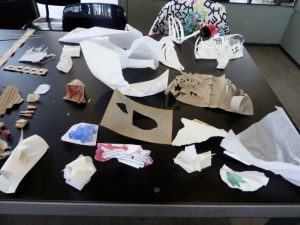

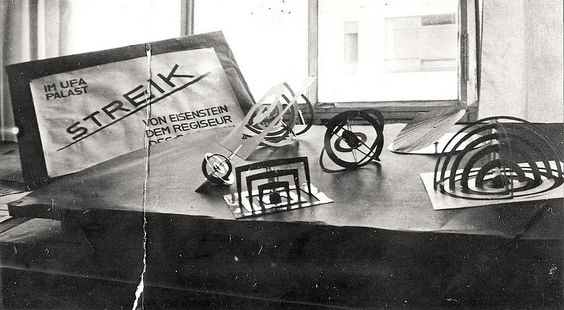
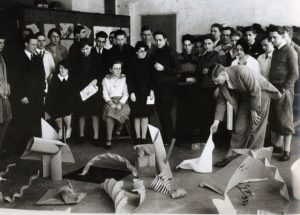


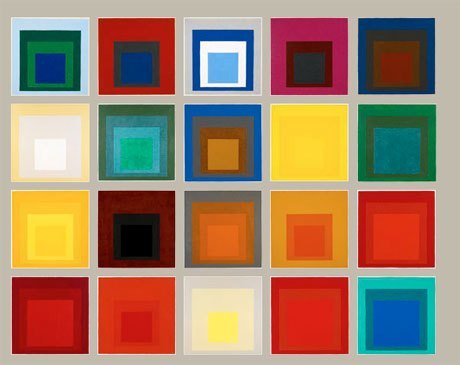


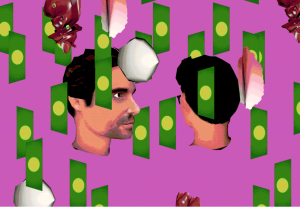
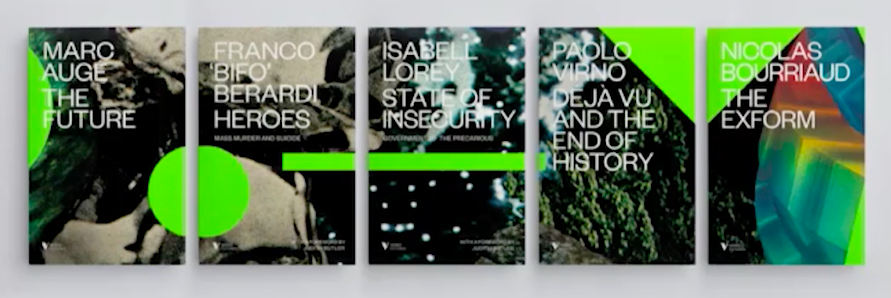
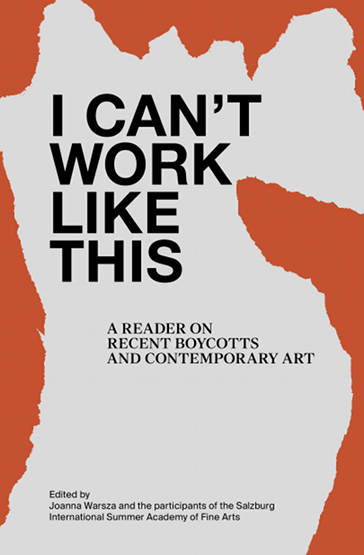



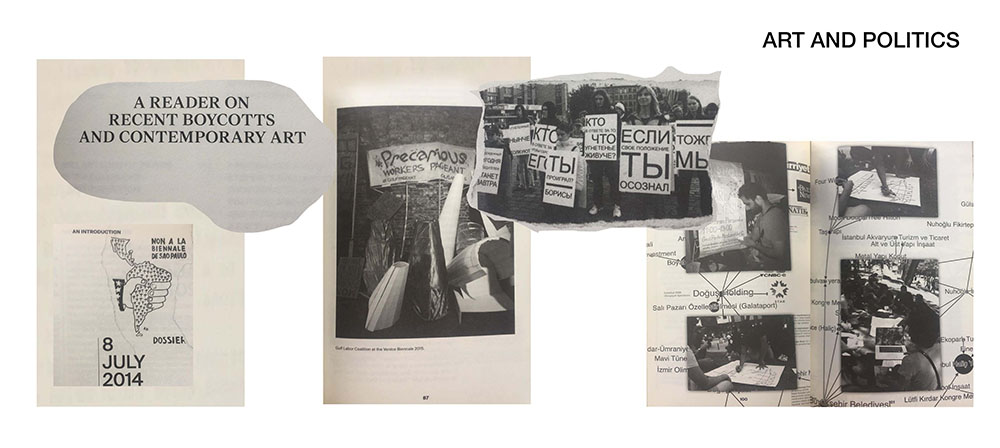
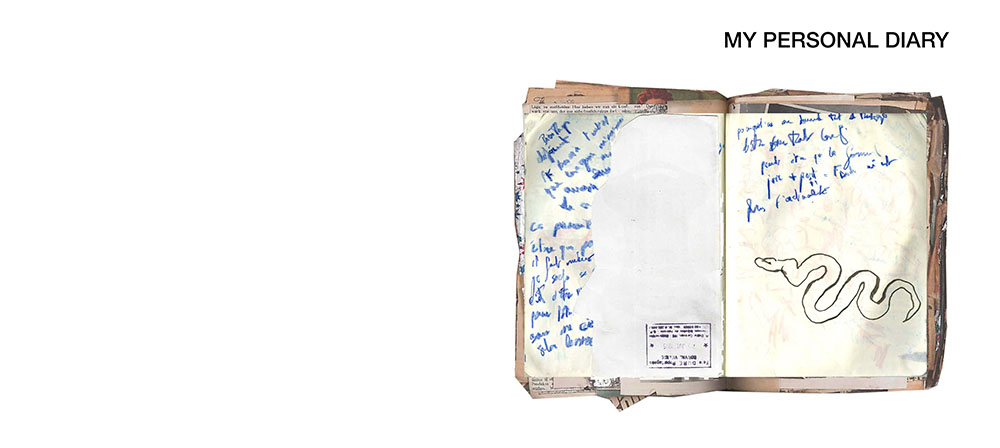
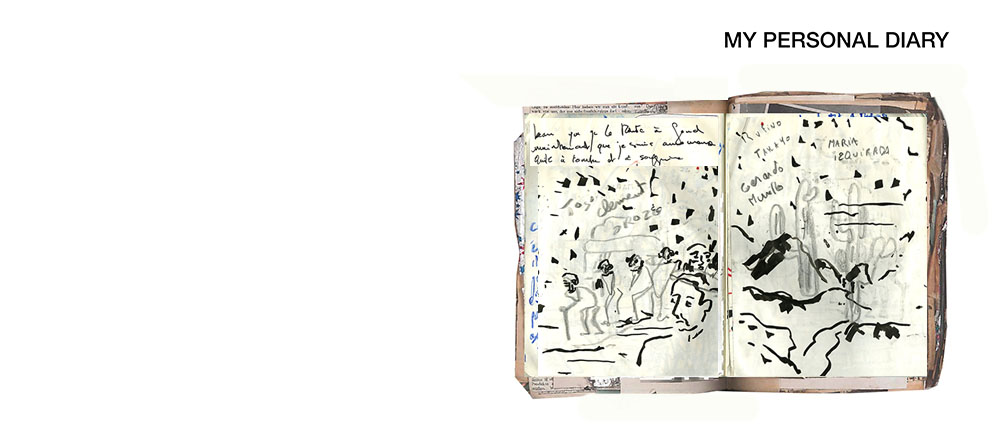






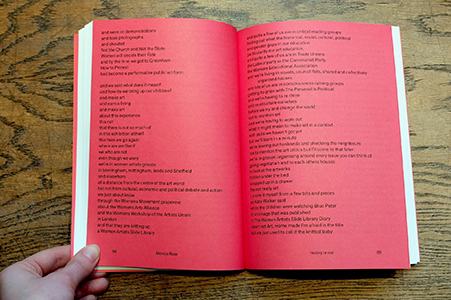
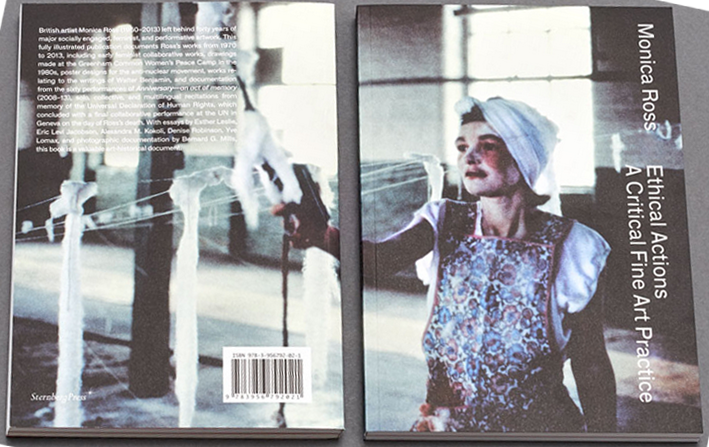
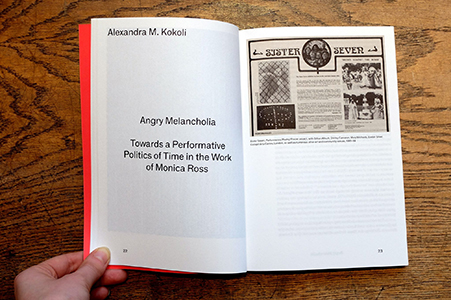
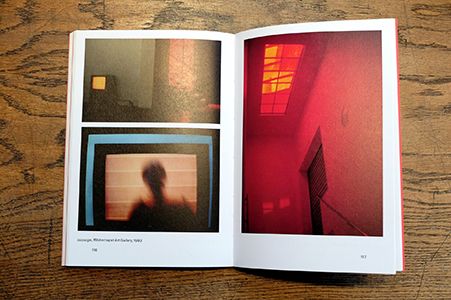
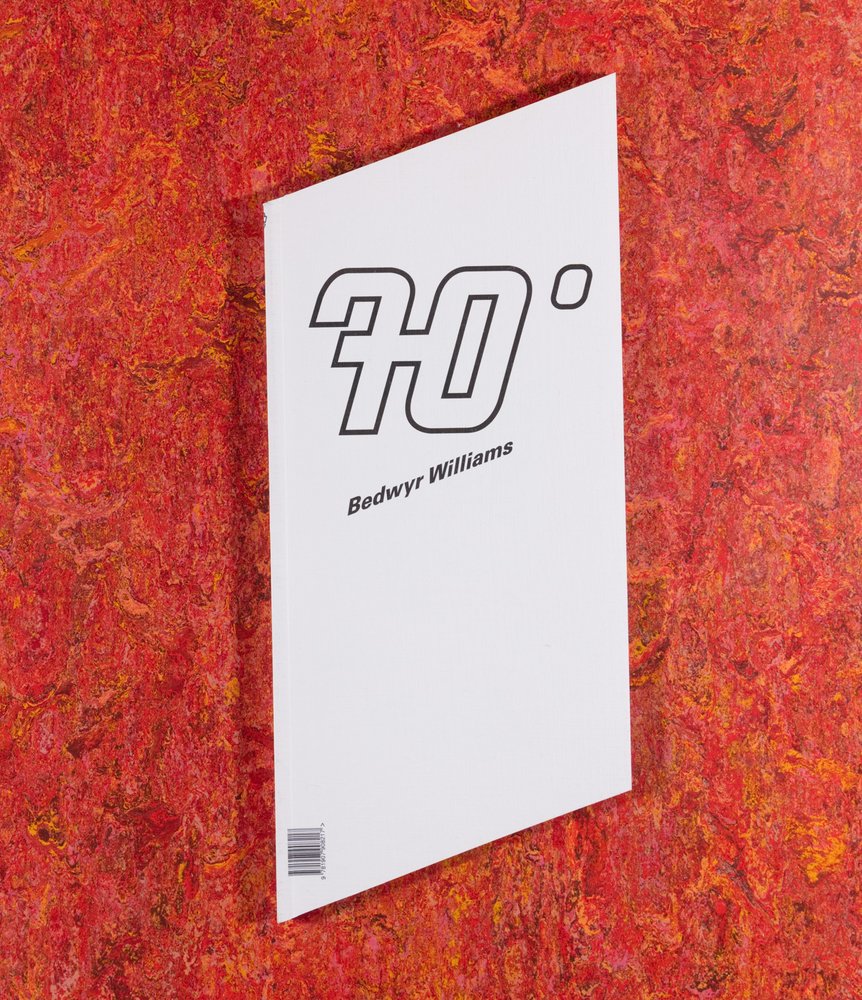
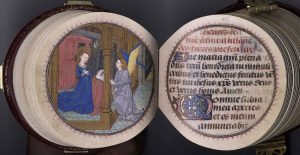

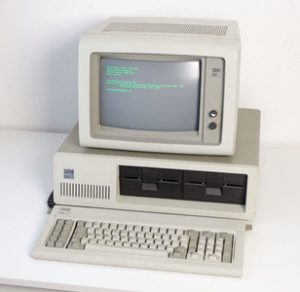
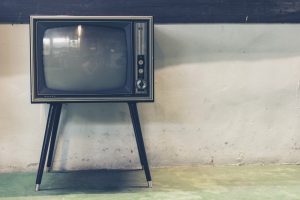

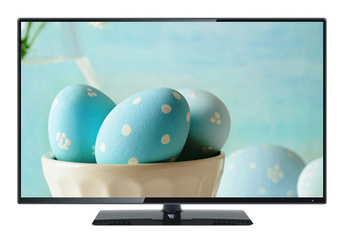
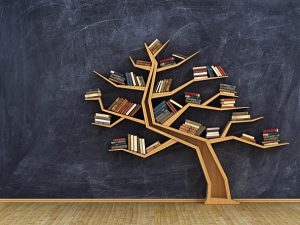
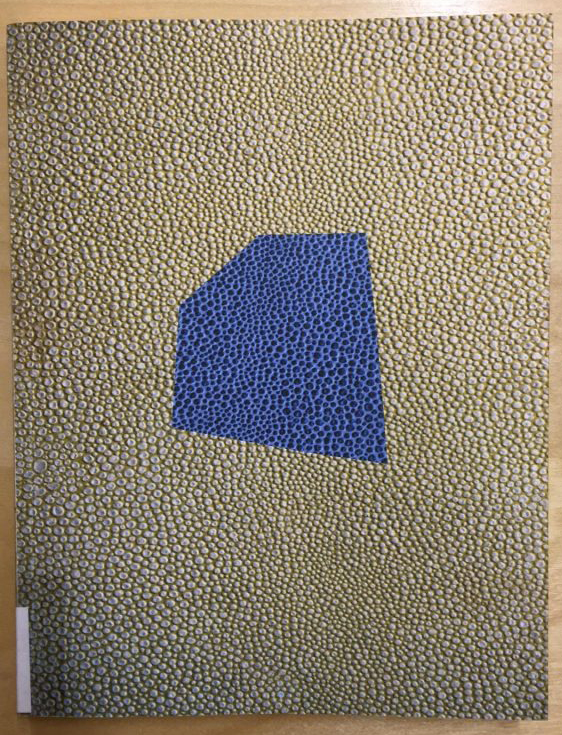
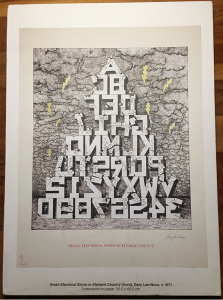
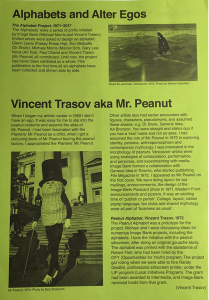

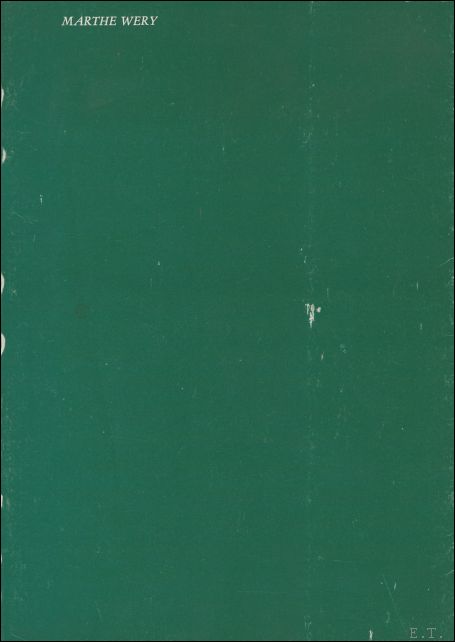 All capital font in white the same white the cracks and edges consisted of. I curiously flicked through, this tattered book comforted me like my grandparents, I felt accepted no matter how much knowledge I held. As I flicked through I saw a blur of red, blue then green. The same green as the cover. I then chose to start from the beginning and saw
All capital font in white the same white the cracks and edges consisted of. I curiously flicked through, this tattered book comforted me like my grandparents, I felt accepted no matter how much knowledge I held. As I flicked through I saw a blur of red, blue then green. The same green as the cover. I then chose to start from the beginning and saw 